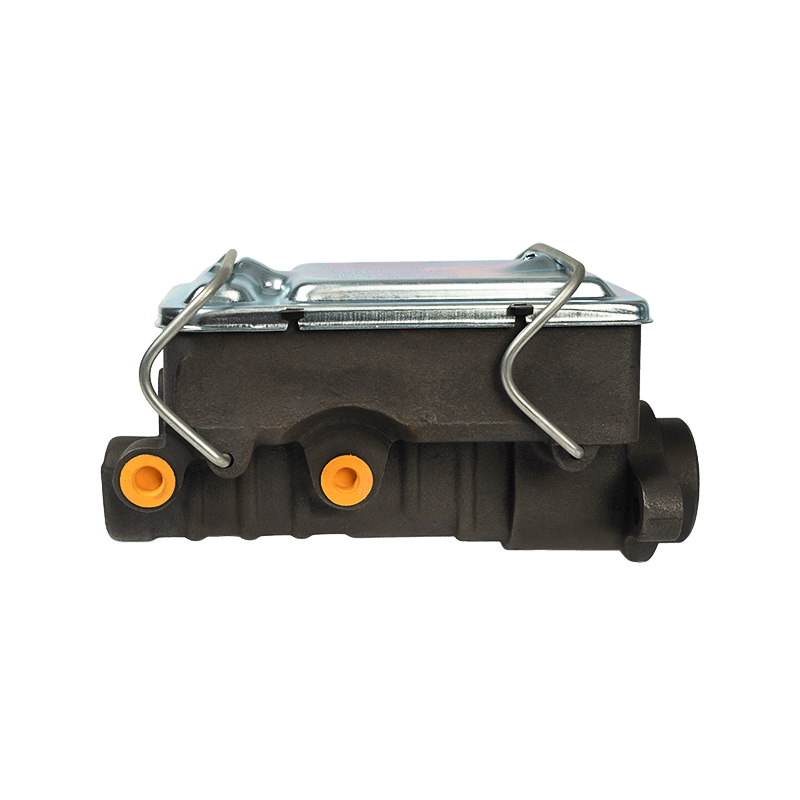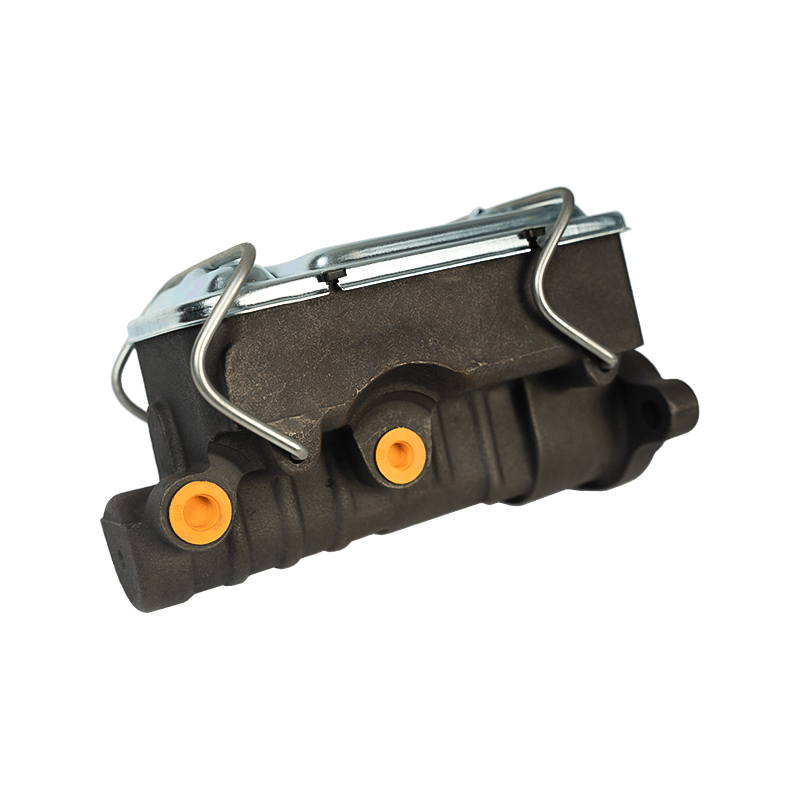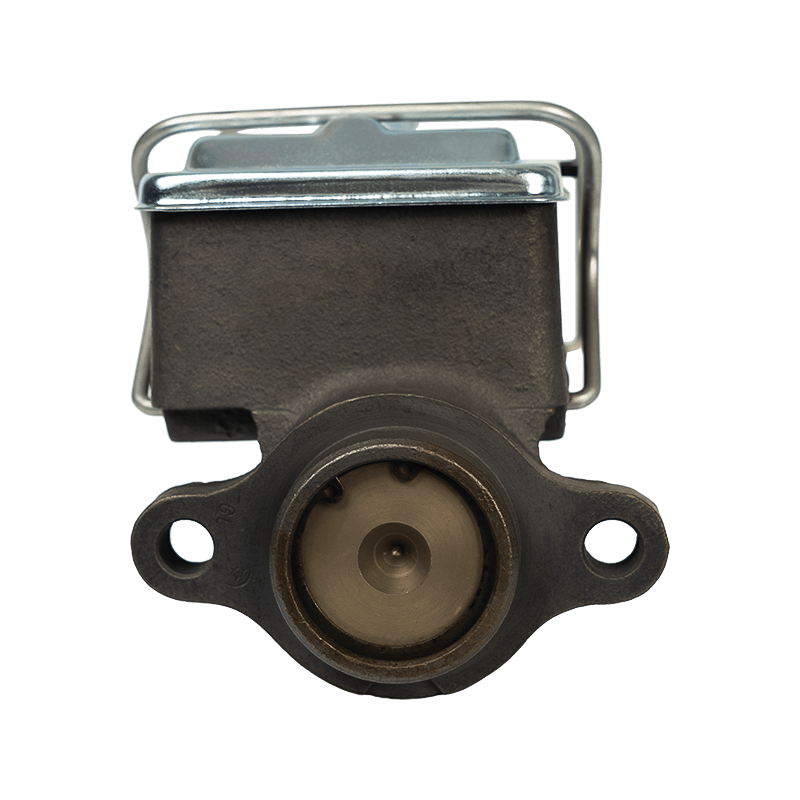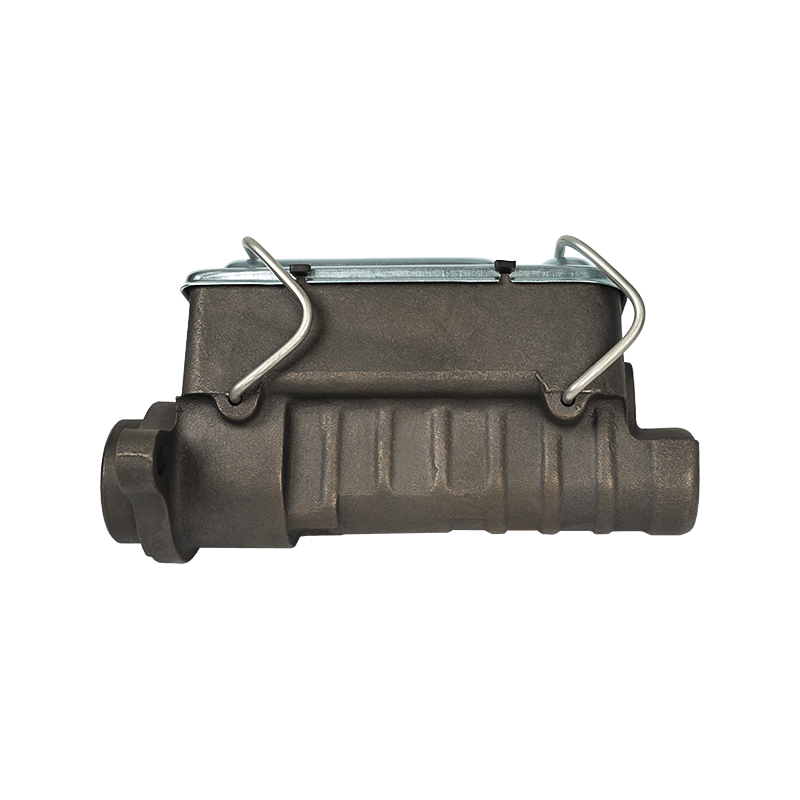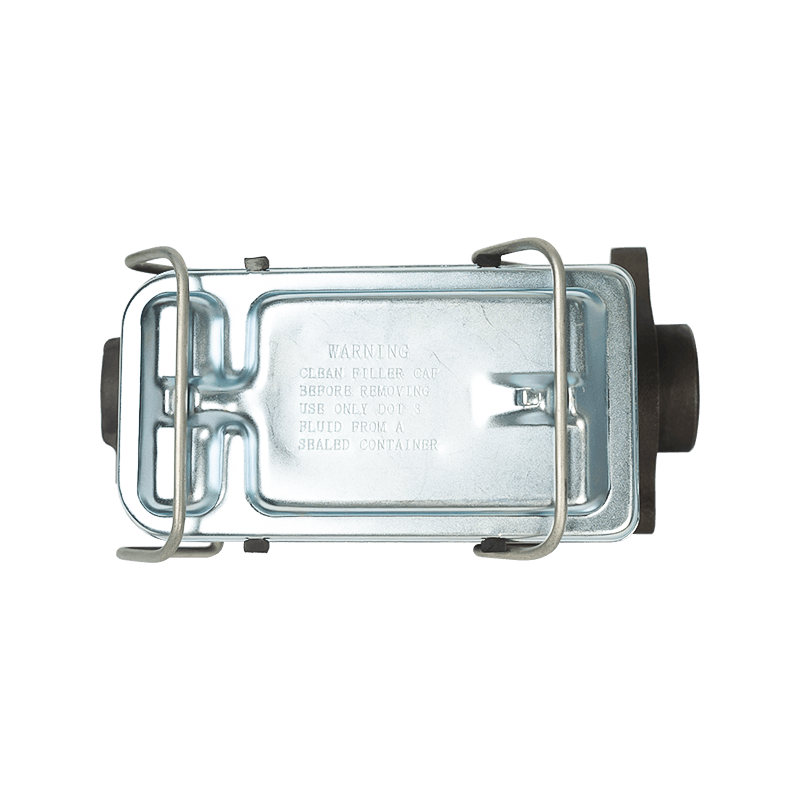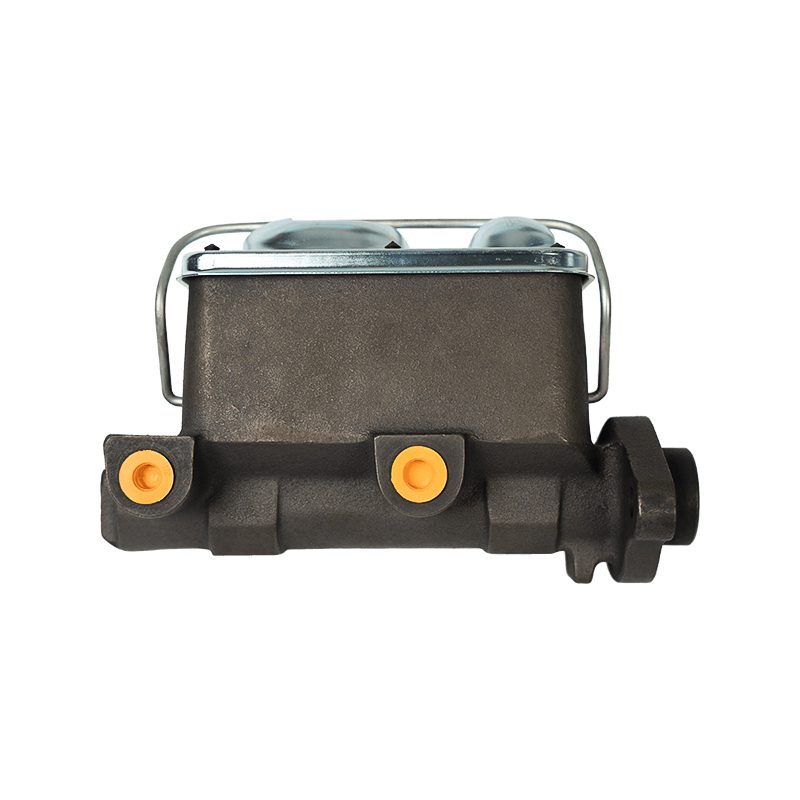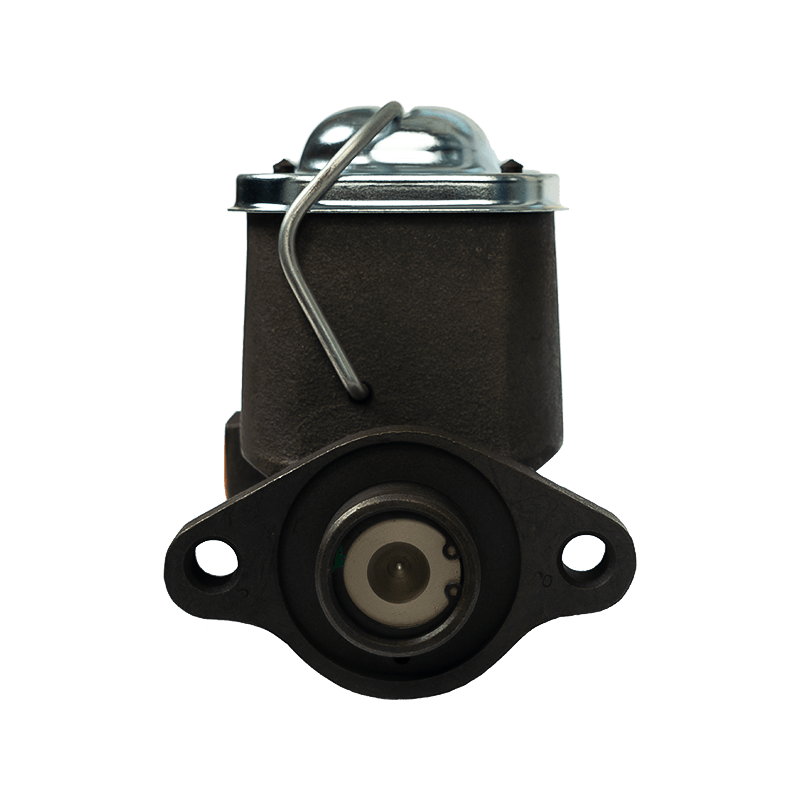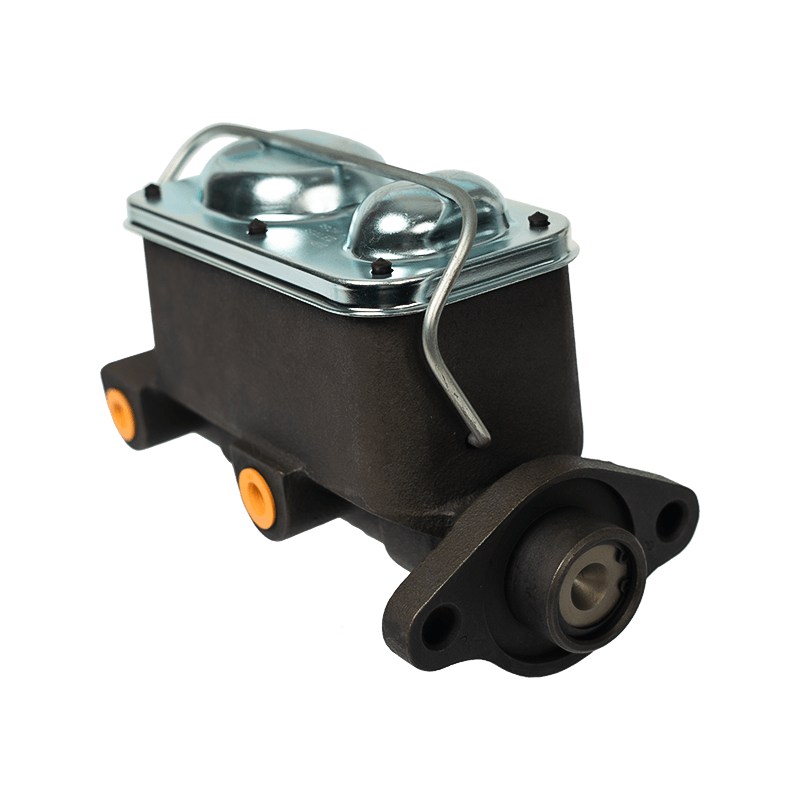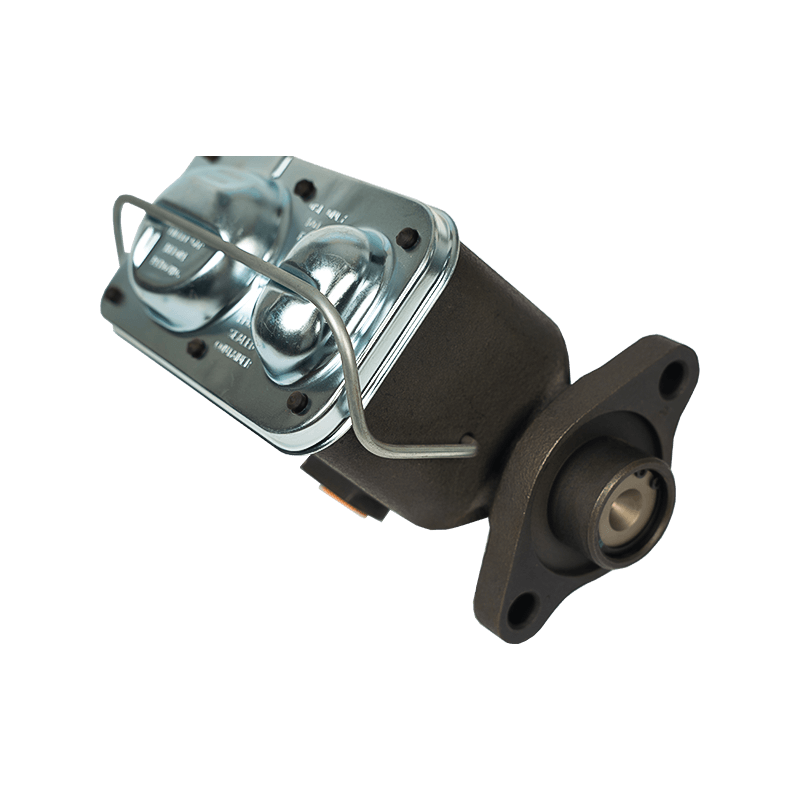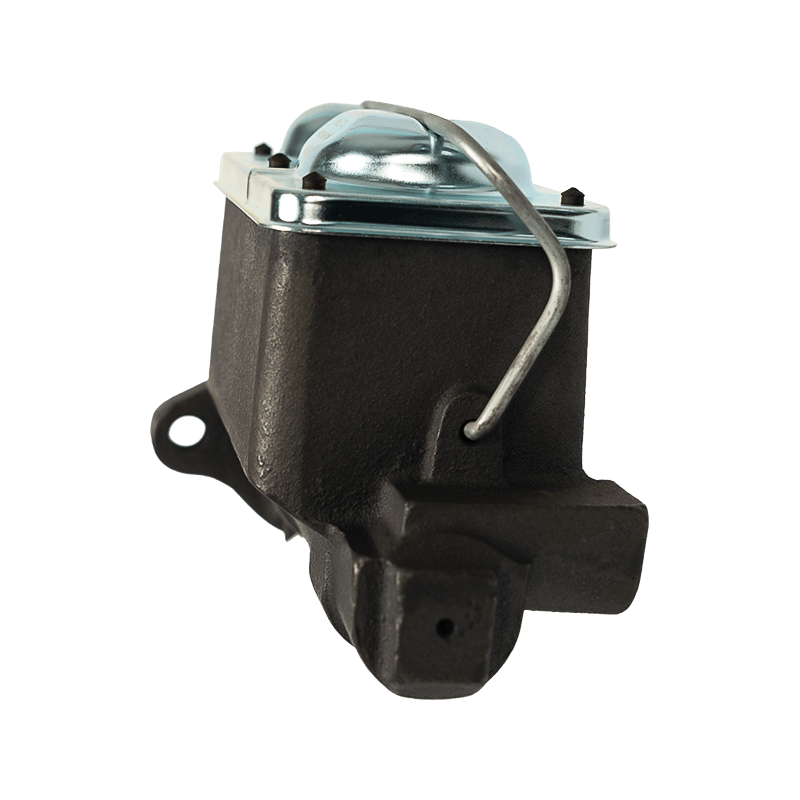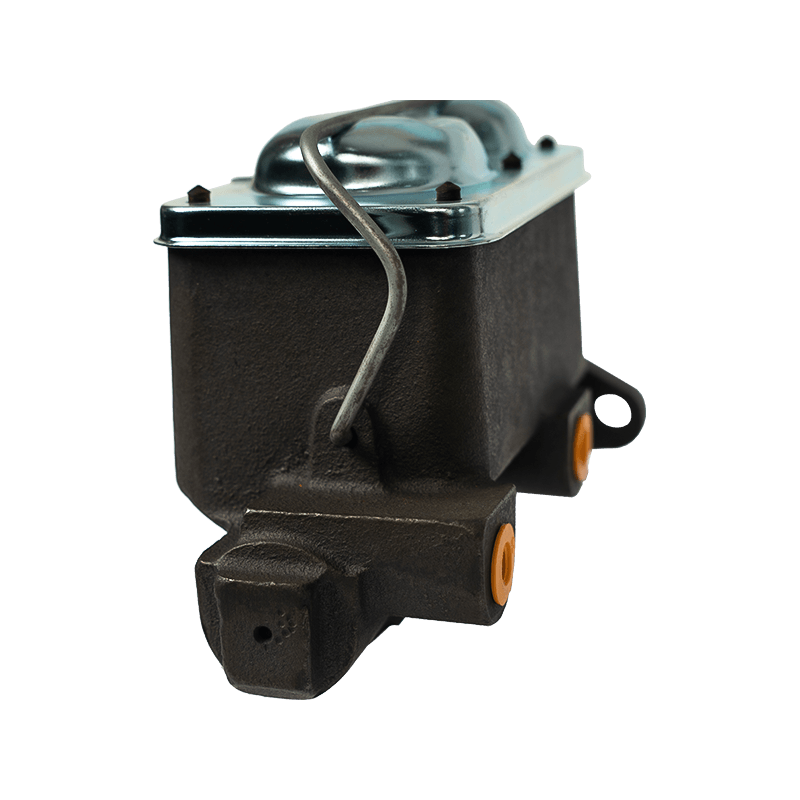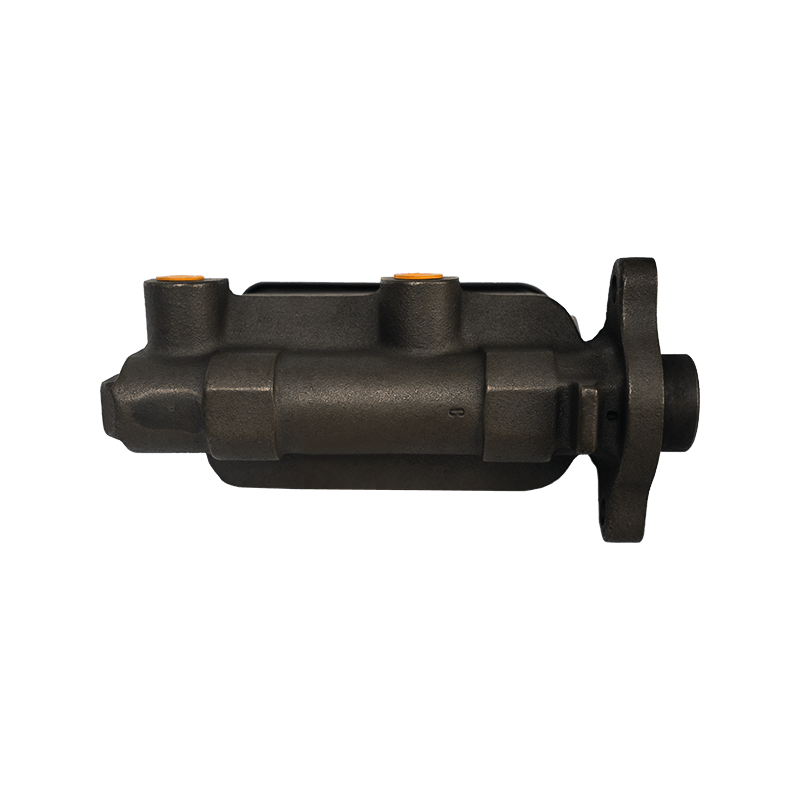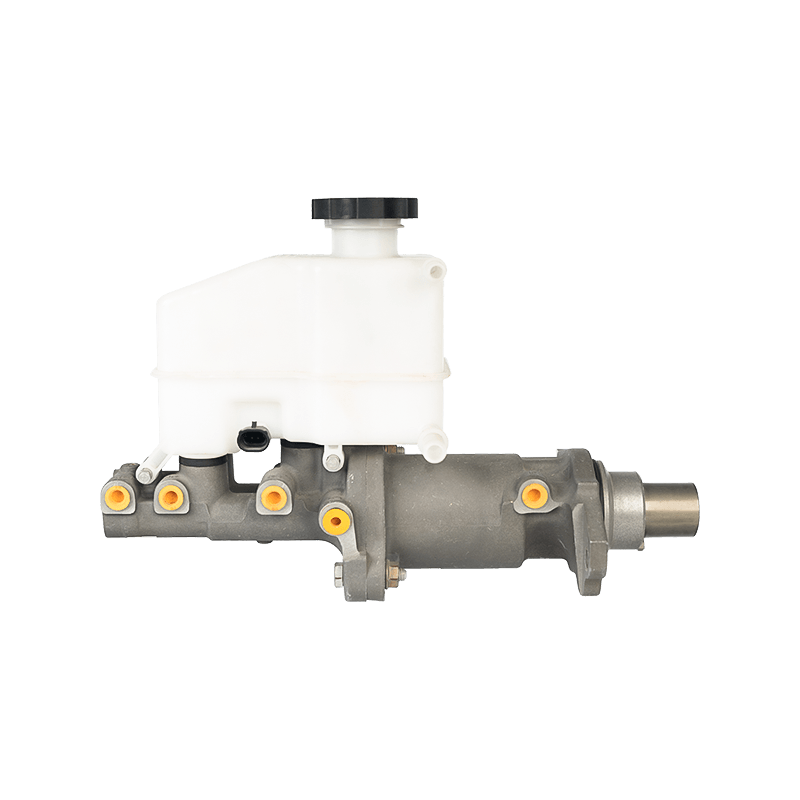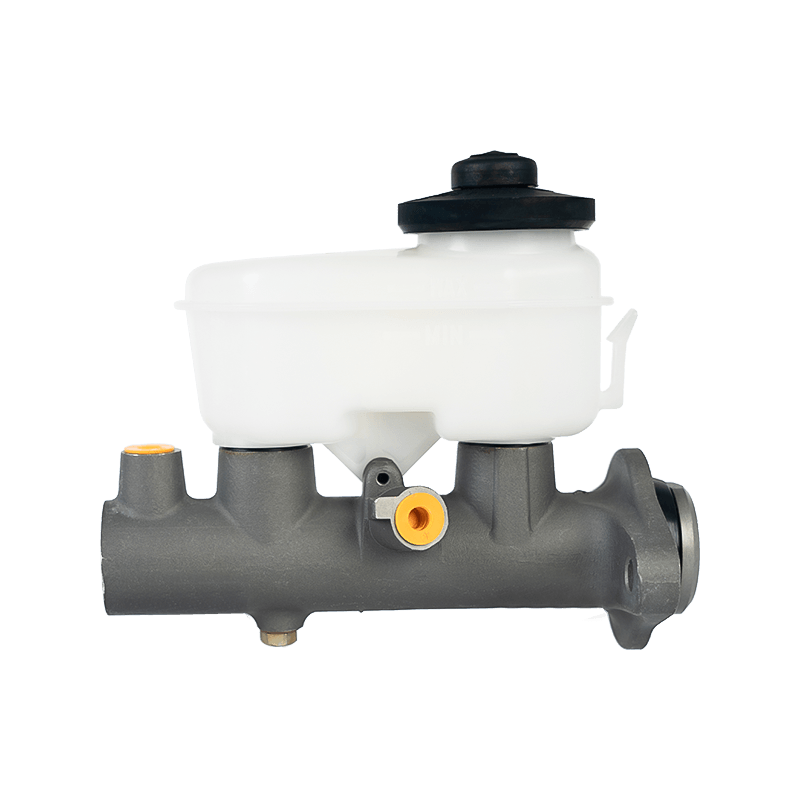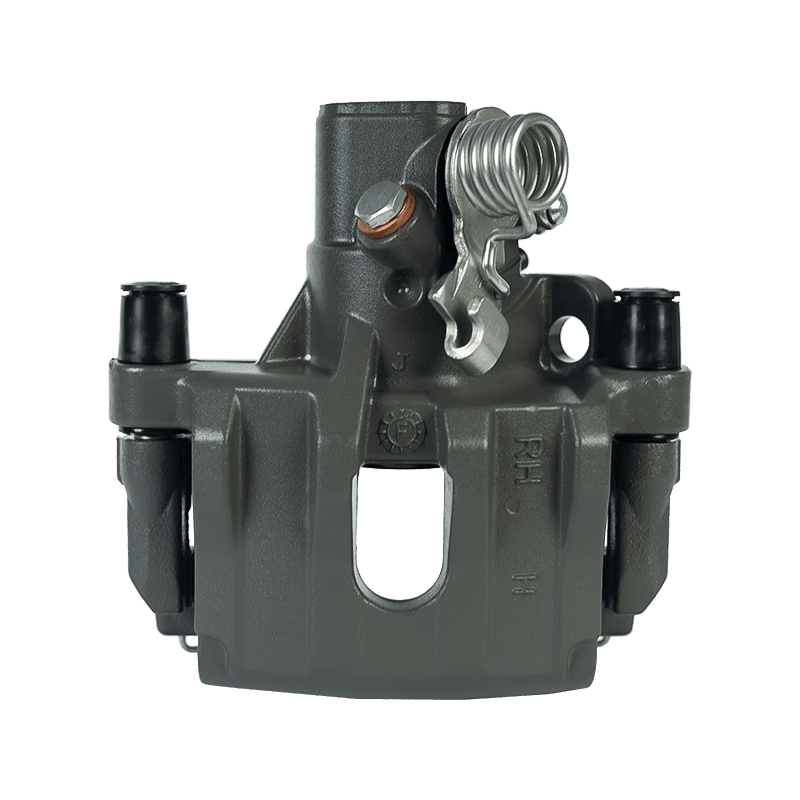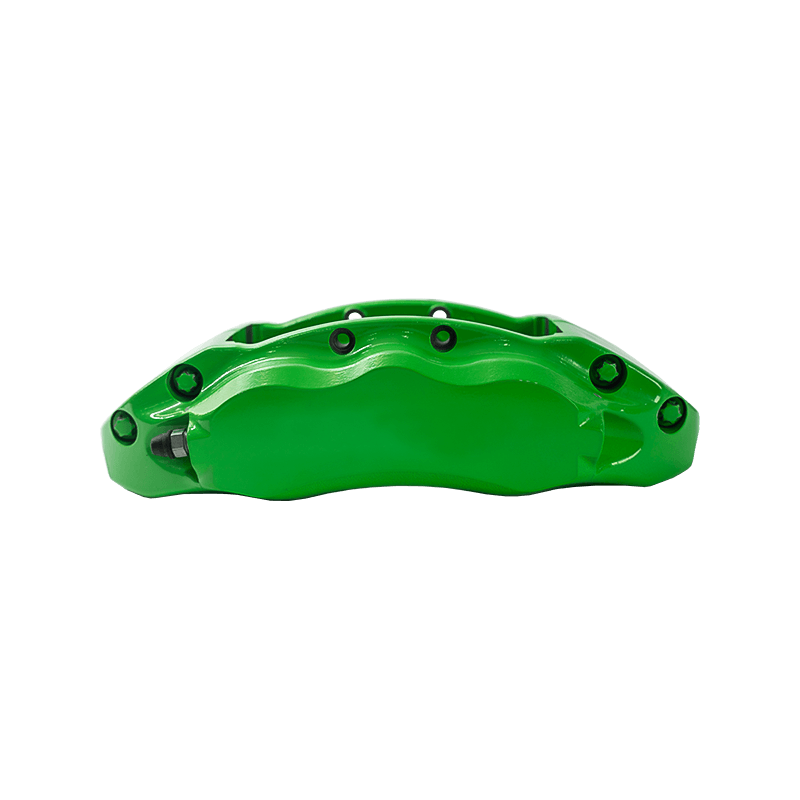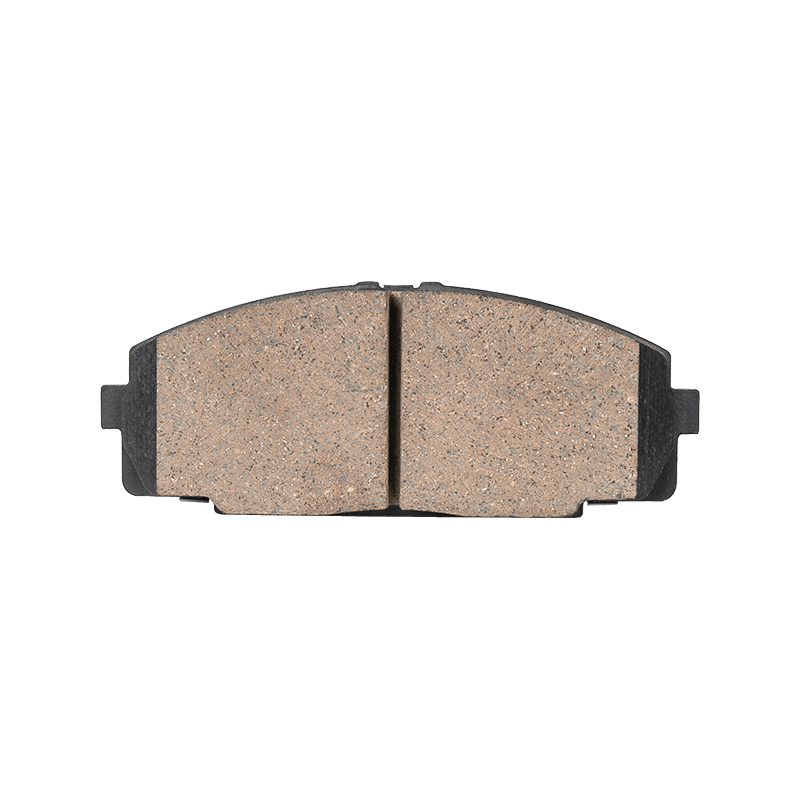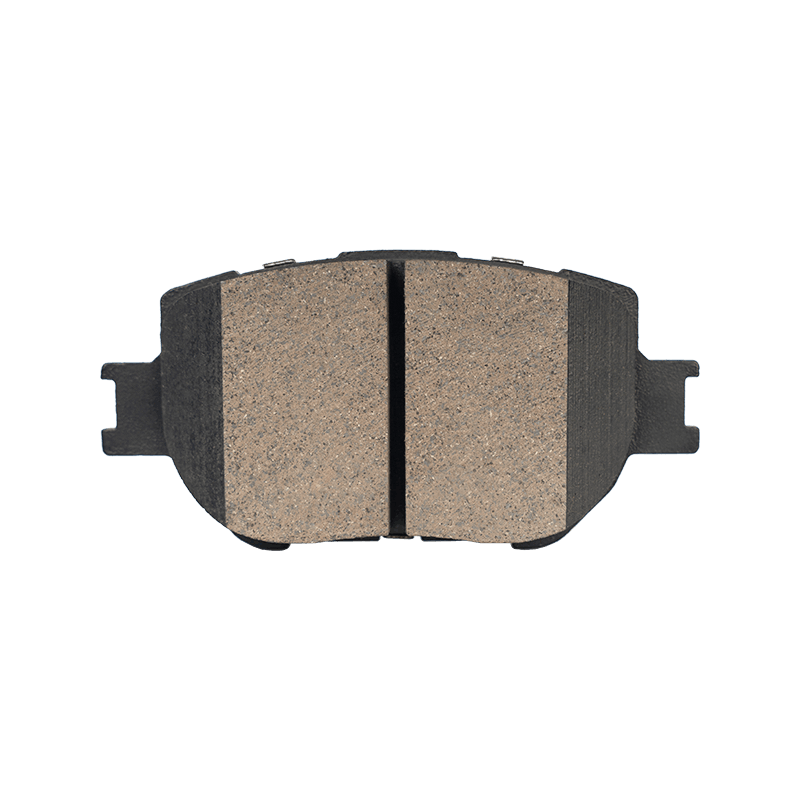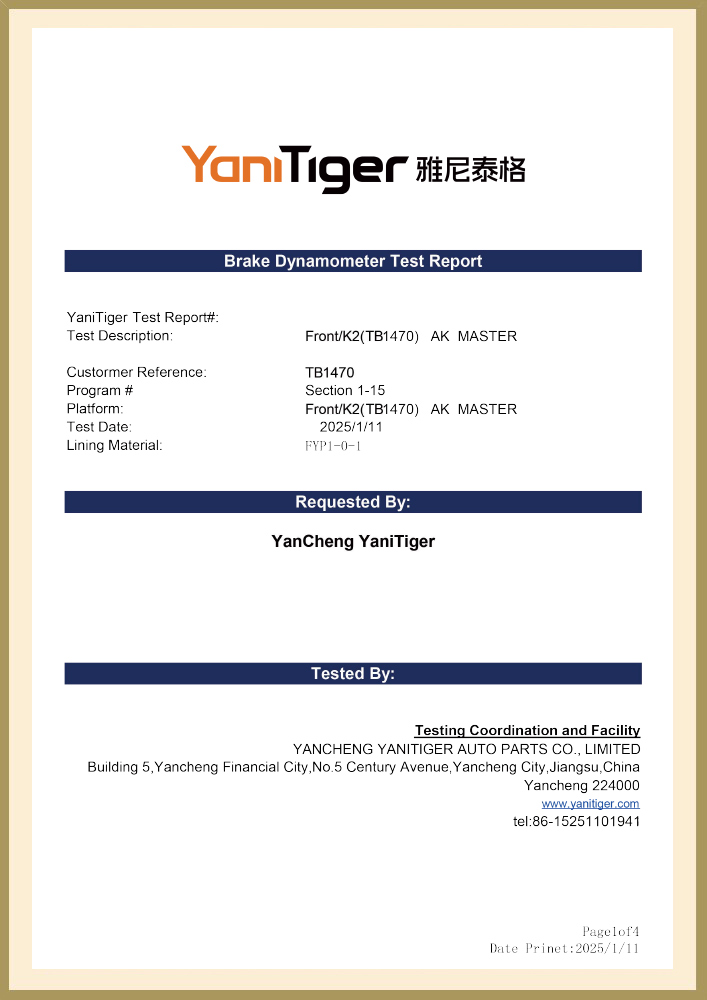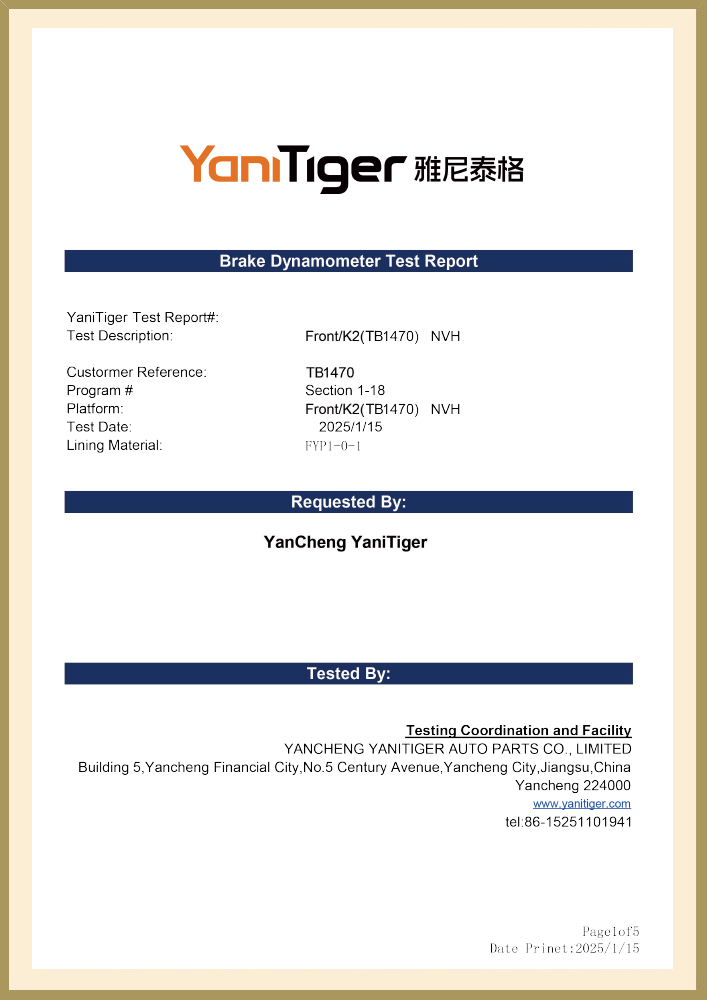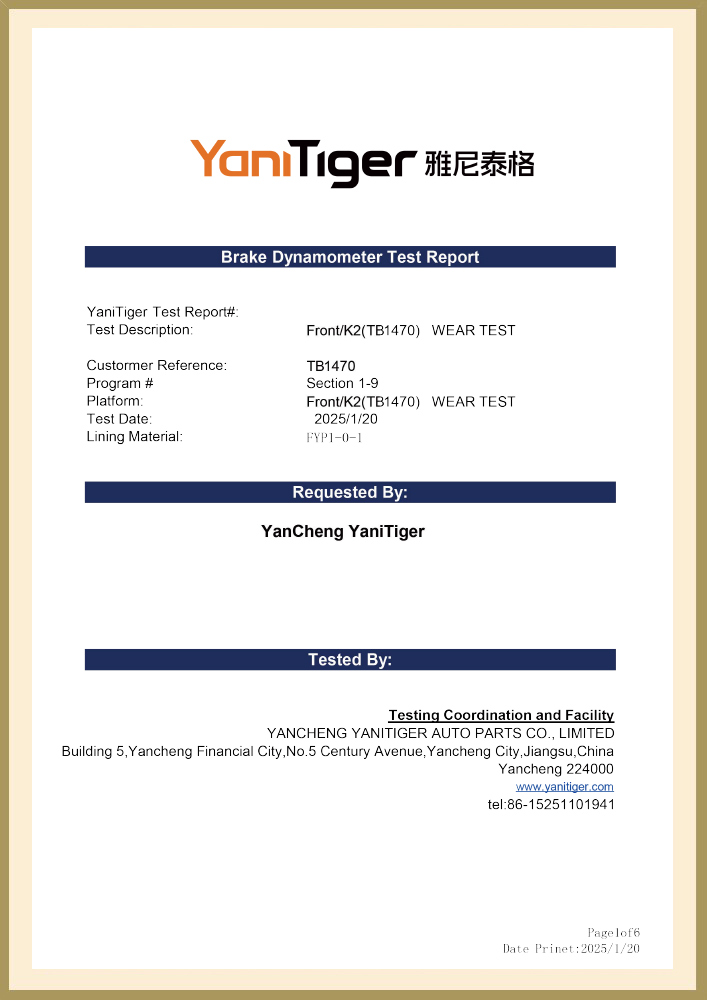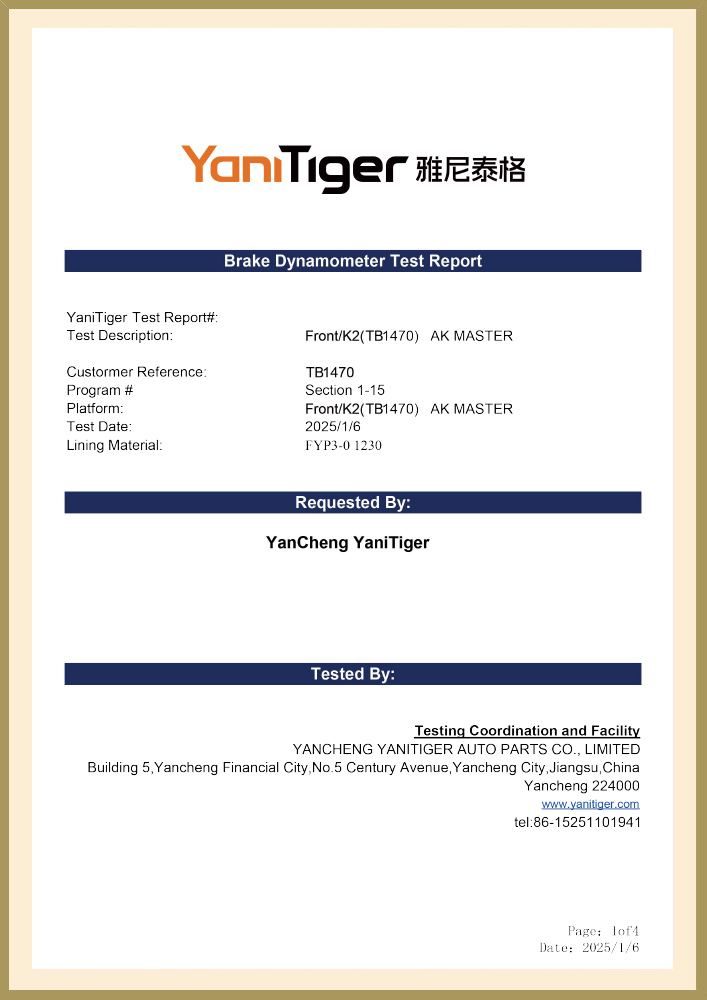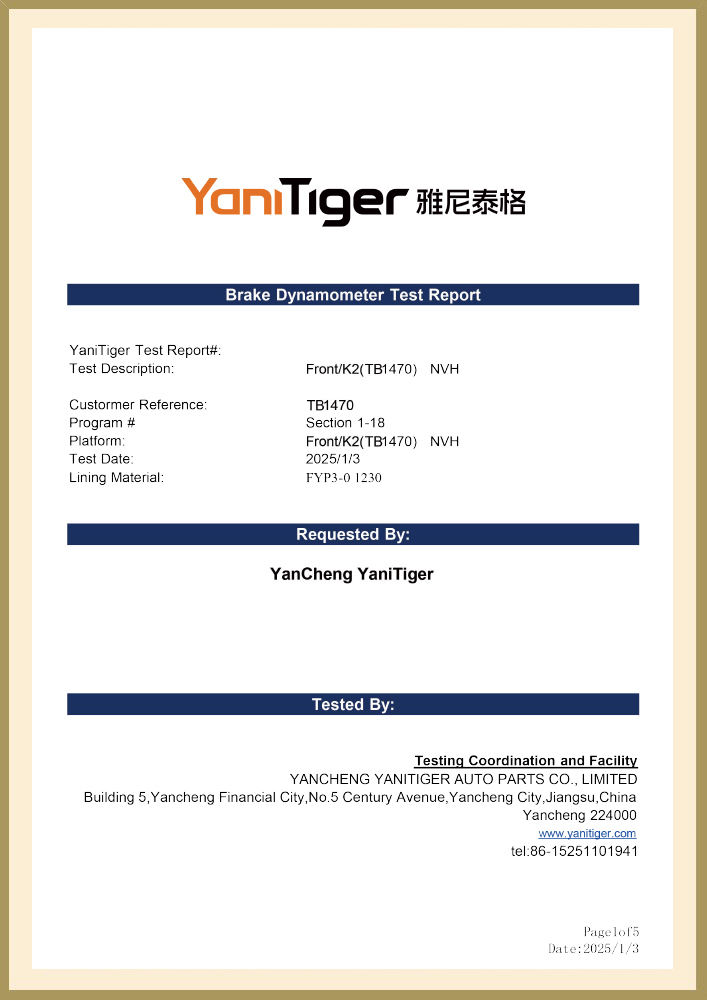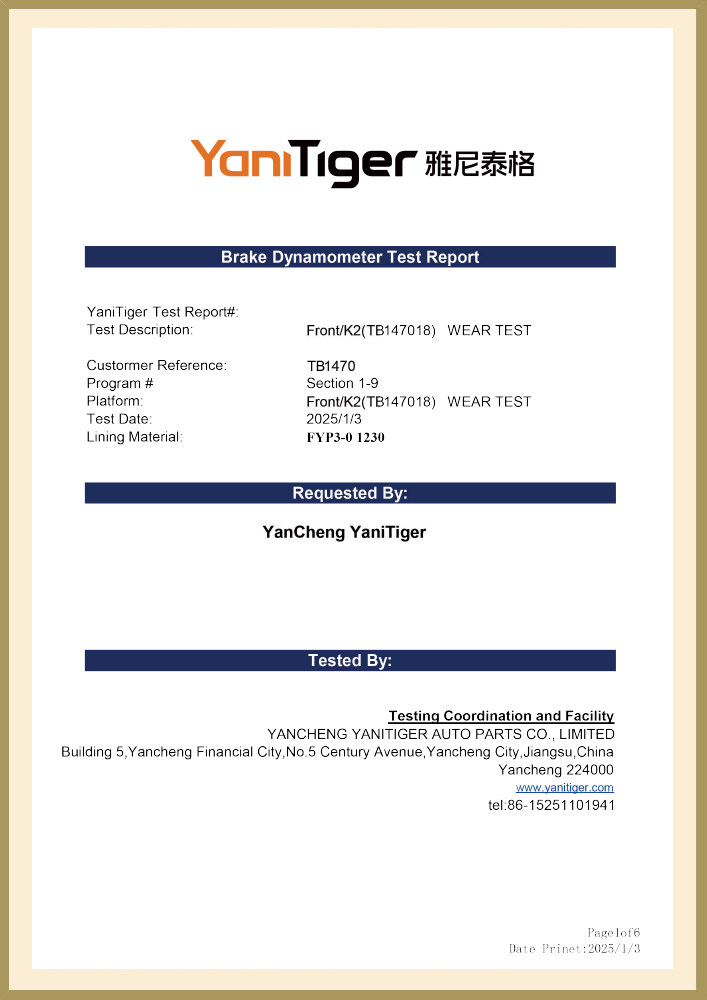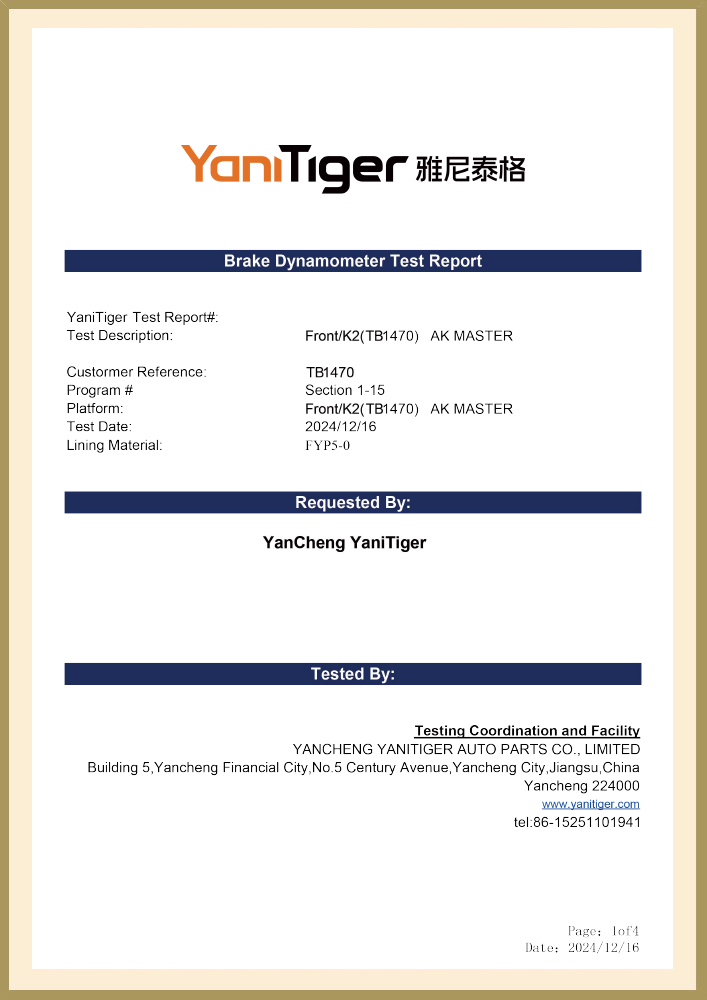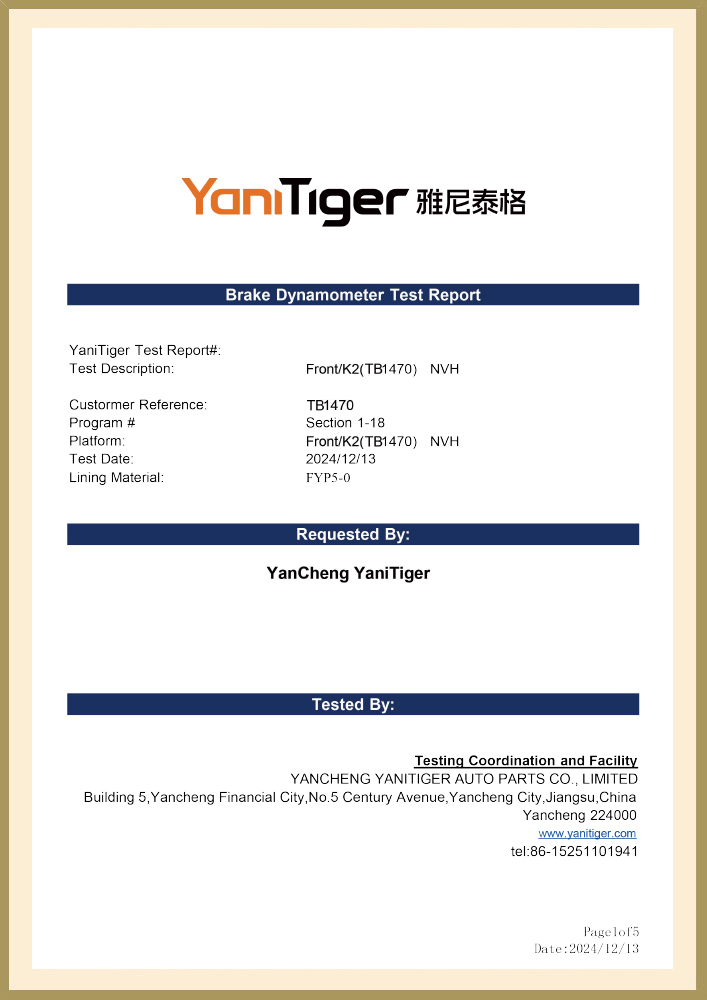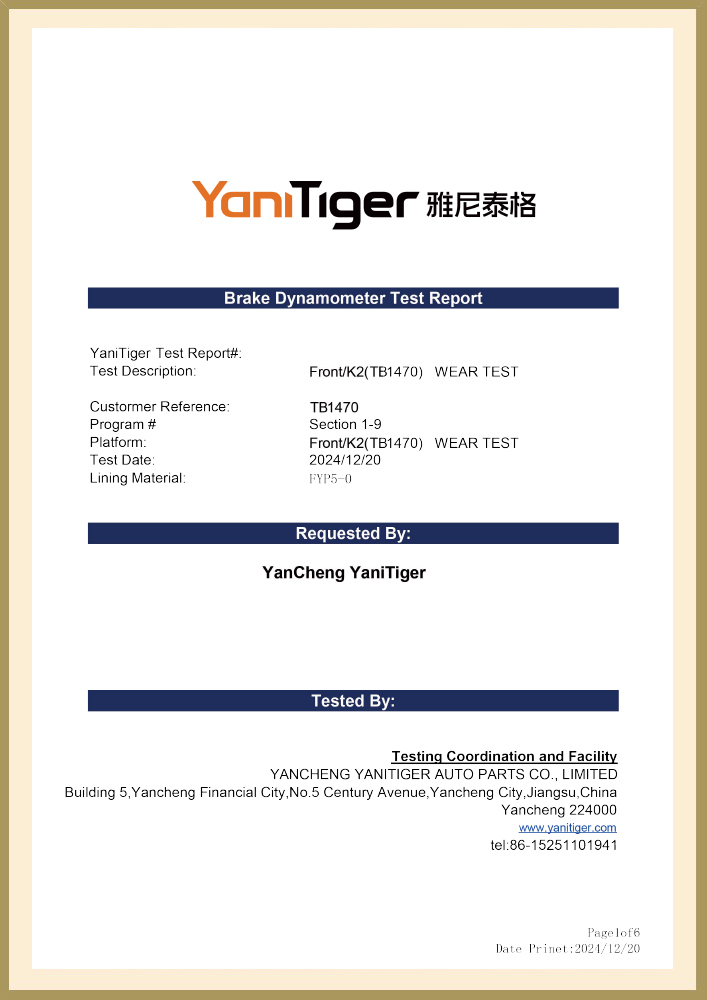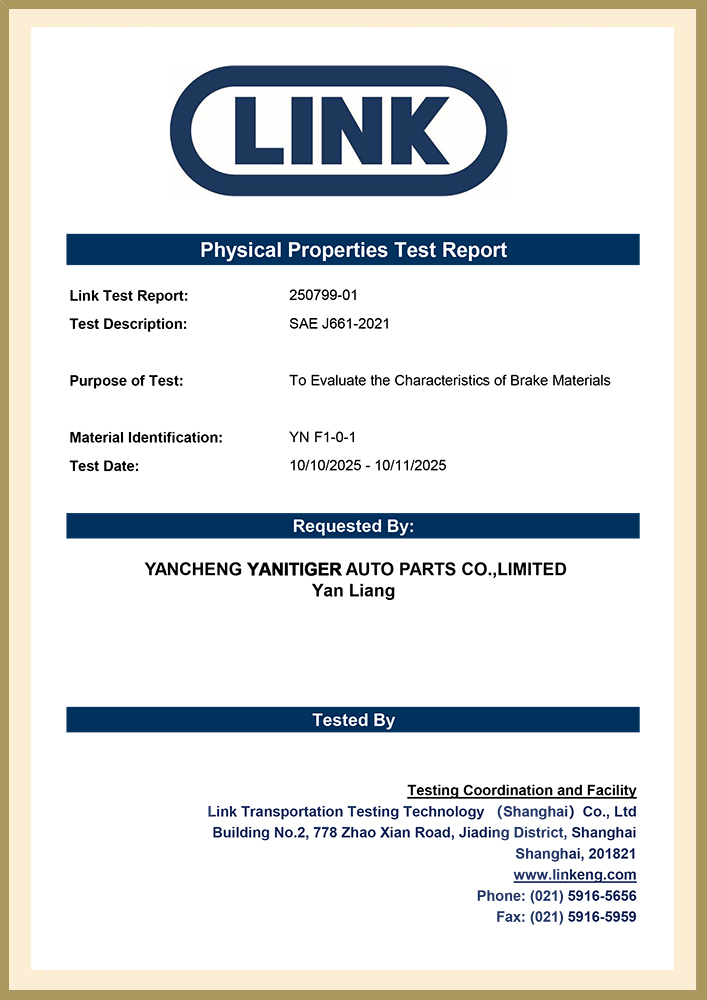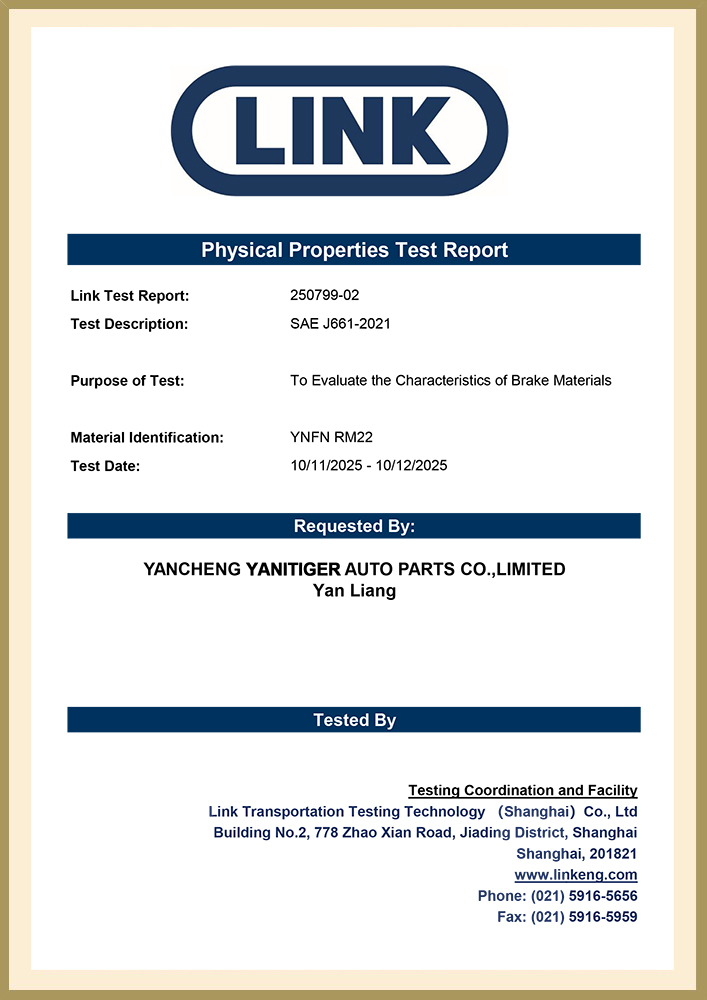Specifications
KEEP IN TOUCH
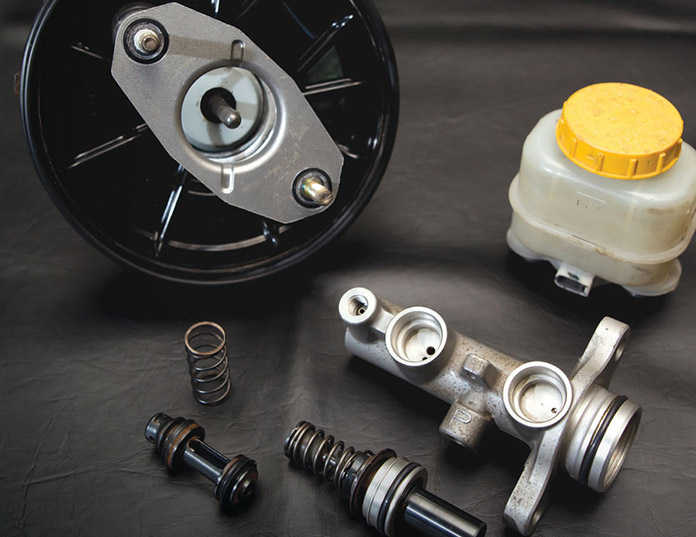
We have more than 1,000 brake shoes and brake pads for European, American, Russian, Japanese and Korean cars. The associated factories have created a highly experienced manufacturing team that exports thousands of auto part products worldwide. High quality and competitive prices are our targets. Our products have gained the certifications of ISO9001 and TS16949. We have built up a solid reputation with our customers in more than 30 countries.
We are looking forward to having a brighter and more successful business in the near future together with all of our clients all over the world.
-
Brake pads are undoubtedly one of the most important safety components in car maintenance. Among the many types of brake pads, ceramic brake pads and ...
READ MORE -
The hydraulic braking system is one of the most critical safety components of a car, and the master cylinder (brake master cylinder) is the "heart" of...
READ MORE -
Choosing the right brake pads is crucial, as it directly impacts your driving safety, driving experience, and vehicle maintenance costs. Step 1: Under...
READ MORE -
1. Ensure Braking Performance and Safety The coefficient of friction between the brake pads and brake discs directly determines the braking effect. An...
READ MORE
14036114 Brake Master Cylinder For Chevrolet is a core component of hydraulic brakes. As a GM-certified OE numbered component, it adopts high-strength cast iron casting technology. The master cylinder diameter is designed to be 28.58 mm (1.125 inches), which can withstand 32MPa hydraulic pressure and is suitable for 1981-1984 Chevrolet trucks, GMC series and some modified special vehicles. The master cylinder adopts a dual-chamber series structure design, equipped with a compensation hole and a fast filling valve to ensure the stable flow of brake fluid under continuous braking conditions. Its friction coefficient is stable in the range of 0.38-0.42, especially optimized for front wheel disc and rear wheel drum hybrid brake systems.
The piston sealing system of the 14036114 master pump is made of high-temperature resistant fluororubber, with a temperature range of -40°C to 180°C, which can cope with heavy-load transportation and frequent braking conditions. Its fluid storage tank has a capacity of 350ml and is equipped with an integrated liquid level sensor interface, which supports the later installation of a liquid level alarm device. It is recommended to check the working condition of the master pump every 80,000 kilometers or after 5 years of use. If the depth of the scratch on the inner wall of the master cylinder is found to exceed 0.1mm or the elasticity loss of the sealing ring exceeds 30%, the assembly needs to be replaced directly. During installation, pay attention to the torque value of the oil pipe interface (18-22N·m for the front port and 20-24N·m for the rear port), and use the two-stage pressure emptying method to completely remove the bubbles in the system.
 Search
Search
 Eng
Eng 
 English
English Español
Español Português
Português


